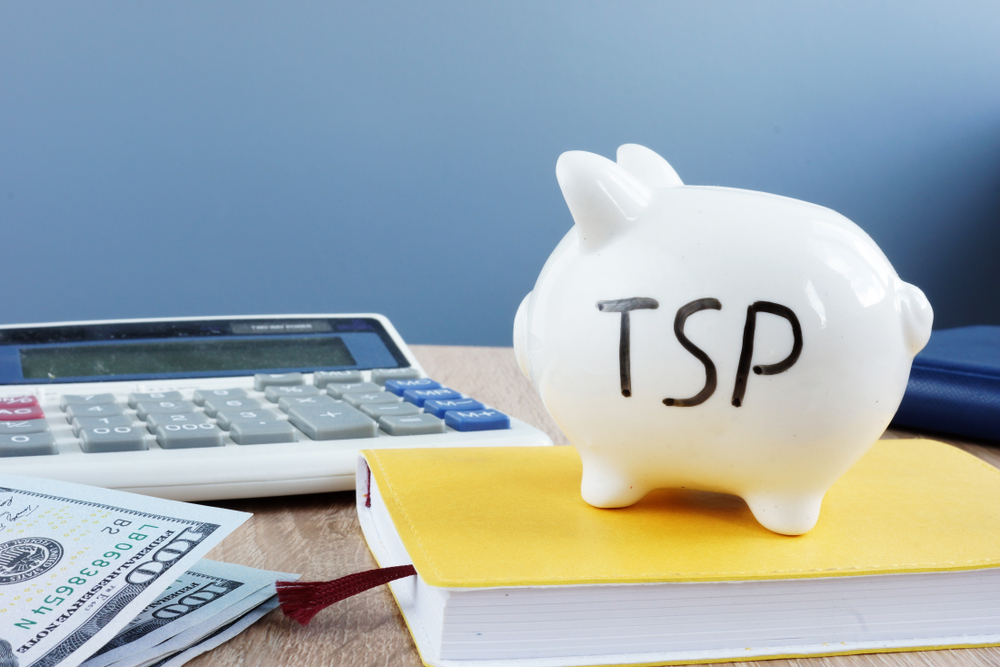The TSP is part of a three-legged stool designed to provide financial security for retired feds. For many, it’s an instrumental tool to supplement the combined income from their Social Security and FERS annuity. While the TSP provides many advantages for growing your money, its disadvantages are exposed when you most rely on it – in retirement.
The Good
There is plenty of upside to the TSP. It has low administrative costs, your agency matches up to five percent of your contribution, and there are several funds to choose from depending on your risk tolerance. Don’t want to babysit your retirement account? The TSP has lifecycle funds that reallocate your assets to align with your stage in life.
Because you likely elect a set percentage that’s automatically contributed to your TSP account each pay period, you benefit from Dollar Cost Averaging. Instead of trying to time the market, you invest a fixed amount on a regular schedule. Though you may get less bang for your buck when the market is high, this is usually evened out or even exceeded by the number of shares you realize when the market is low. This helps you to build wealth for a secure retirement. But then…
The Bad
If you need to supplement your retirement income or reach the age where you’re required to take RMDs, you’ll be pulling money out of your TSP, which is basically selling shares. That’s ok in a robust market but can be very costly when the market is down. One way to offset this would be to only sell funds that don’t experience much fluctuation, like the G Fund. Unfortunately, the TSP doesn’t allow this. The allocation of your funds determines the distribution. For instance, if you have 60% in the G Fund and 40% in the C Fund, your withdrawals come proportionally from those funds. In a down market, you have to sell more shares to meet your withdrawal amount. Instead of buying low, you’ve sold low and reduced the number of shares you own, which compounds the loss.
Do you plan on withdrawing $2,000 per month from your TSP to enjoy your golden years? Don’t forget to factor in taxes. By law, 20% of your withdrawal has to be held for federal taxes, even if you’re in a lower bracket. That means you’ll have to sell 20% more of your assets to net $2,000 – leaving you with fewer shares to grow your wealth.
The Alternative
Consider rolling over your TSP to an IRA that will allow you to strategically customize your withdrawals. The TSP also offers a Life Annuity which has been gaining popularity, but if you’re interested in an annuity there may be other options that better fit your needs. Speaking with a Federal Retirement Consultant® can provide clarity and help you develop a tax and investment strategy that keeps more of your hard-earned money in your pocket.



